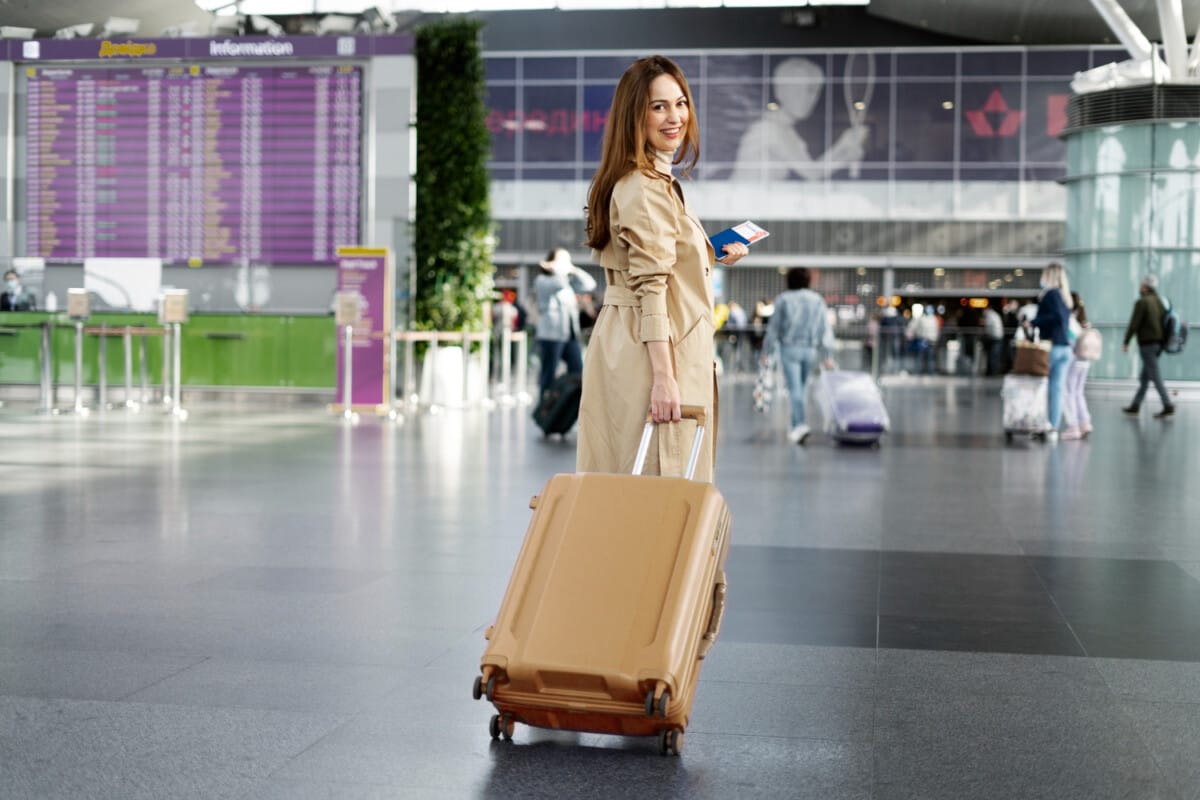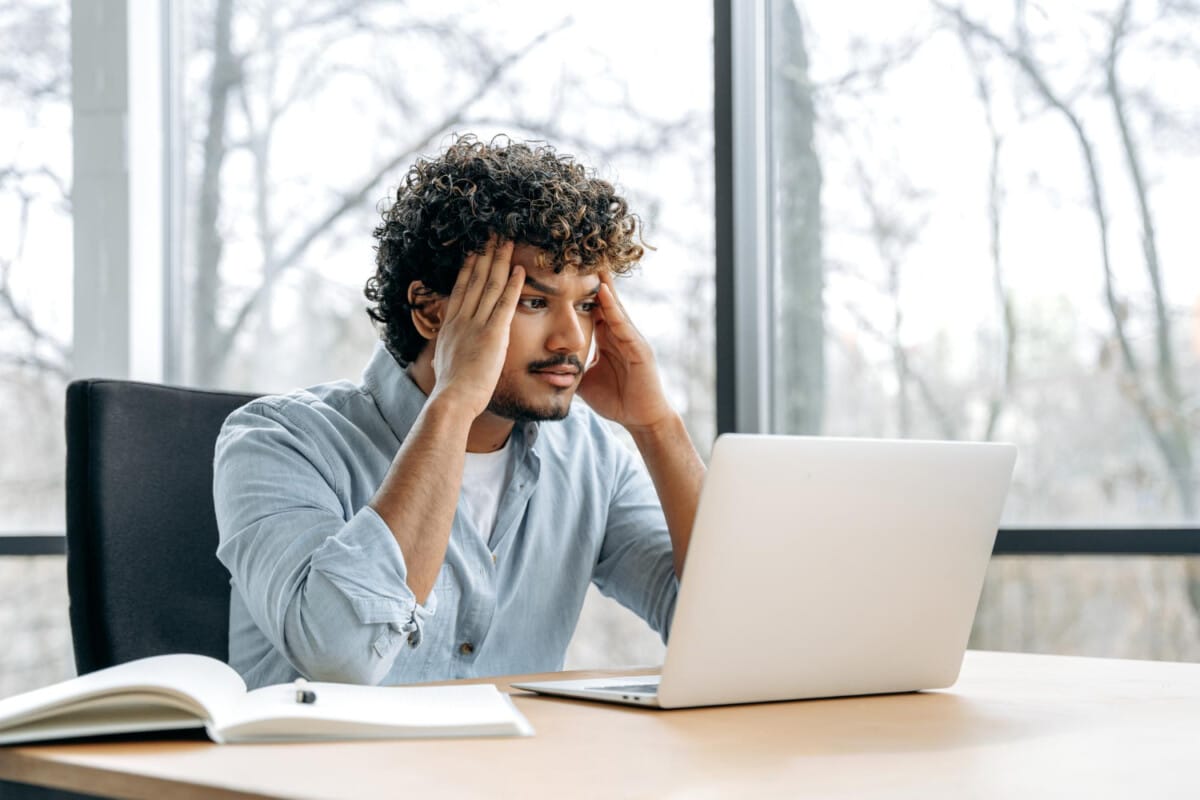Travel isn’t just about going places—it’s about being able to talk about the journey
Whether students are catching a bus to work, booking their first solo flight, or just figuring out where to stand at the train station, the language of travel and transportation shows up in everyday life more often than we think. That’s what makes this topic such a smart addition to any classroom.
It’s not only for students planning big international adventures—though that’s certainly part of it. Even the simplest daily task, like navigating local buses or explaining a delay, requires confidence with transportation vocabulary. And for many learners, especially those living or working in English-speaking countries, this is language they’ll need from day one.
Talking about transportation teaches more than just words like ‘bus,’ ‘ticket,’ or ‘station.’ It introduces real-life skills: how to ask for directions, how to read schedules and signs, how to plan a route, and how to describe where they’re going and how they’re getting there. These are essential communication tools, especially for students building independence in a new place.
The same goes for trip planning. Booking travel, reading confirmations, understanding safety instructions—these are all opportunities for language use in both personal and professional settings. Whether your student is planning a holiday, attending a work conference, or picking up someone from the airport, the ability to communicate clearly makes the experience smoother—and less stressful.
This topic also invites practical activities: role-plays at train stations, planning imaginary vacations, map-reading challenges, or even comparing how transportation works in different countries. It brings energy into your classes and gives students something they can use immediately outside of them.
In short, travel and transportation equips students with English that moves—literally. It helps them feel confident navigating the world around them, whether they’re riding across town or flying across the globe.
Add this set of paragraphs to your teaching library today and give your students the language skills to travel smart, stay safe, and enjoy the ride—wherever life takes them.









